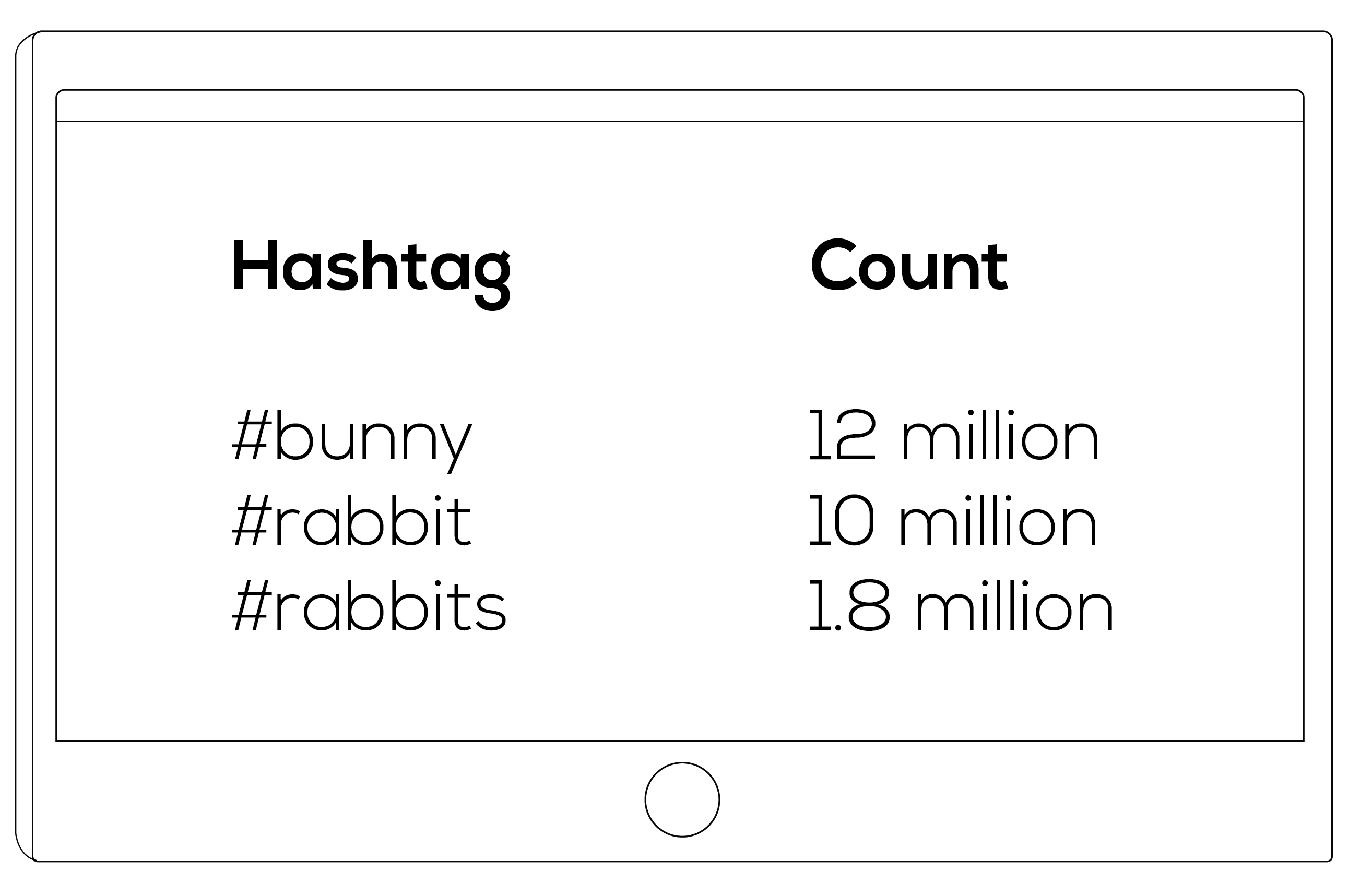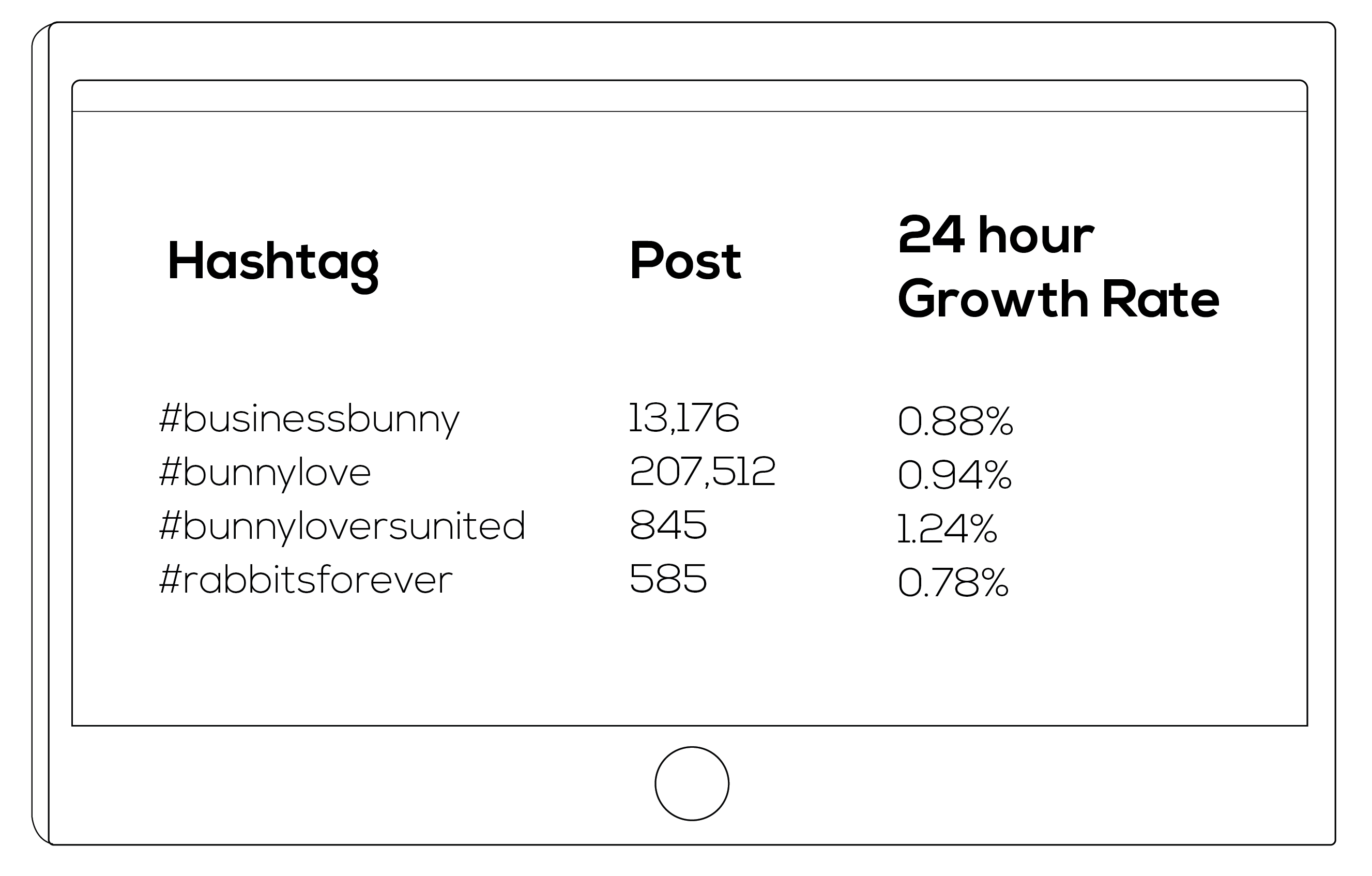Prior to planning out your social media strategy, it’s important to first understand where social media fits into your sales and marketing process. Once you visualize this, you will bring more purpose to your posting.
“When we do Influence Marketing well, we widen the funnel at the top.” – Anonymous
Social media is a tool to increase awareness and influence of your company and brand. And when you play to this strength, you can load up the top of your sales funnel with potential new leads.
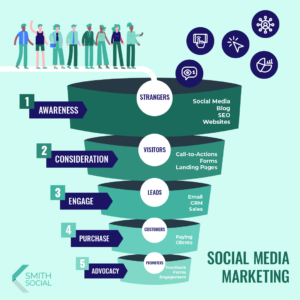
In the sales funnel above you can see social media fits well at the very top under the Awareness stage. The Awareness stage is where “strangers” (or your target audience) are first introduced to your company. Where they receive their first impression of you. Tools under the Awareness stage can include: Google searches, SEO, web pages, blogs, and social media.
From the first awareness (or subsequent), you drive your target audience into the second stage of the sales funnel, or the Consideration stage. Driving people from only “seeing” your content to engaging with it and seeking more.
The B2B Social Media Strategy
Now you can map out your social media strategy to fit the journey your potential leads (target audience) take from not knowing your brand to their first awareness on social media and into consideration of your product/service.
Below is an outline of the B2B strategy that we use for our clients and have found success in. Spend some time brainstorming and outlining each section. If you have any questions or need assistance, please reach out.
Blueprint
The blueprint sets the foundation for your social media. It identifies who you are, who your target audience is, and how you will be speaking to your target audience on social media. You will want to…
» Identify who you are and what you provide to clients.
» Identify who your target audience is on social media.
» Identify your brand’s voice and tone for social media.
» Identify the specific pain points your target audience is experiencing.
Posting Strategy
The posting strategy outlines the specifics to the day-to-day operations of your social media accounts. As a team you will need to decide upfront…
» What you want to accomplish on social media (your goals/objectives).
» What social media platforms will work best to reach your target audience and achieve your goals.
» How often you will be posting on each social media platform.
» What type of content you will be posting on your social media accounts.
Content Strategy
The content strategy dives into the plan for reaching your target audience on each of your designated social media platforms. By using your messaging and content and keeping your goals in mind…
» Lay out the “big idea” for each social media platform.
» Lay out which type of posts will be published on each social media platform.
» List the KPIs (key performance indicators) for each social media platform.
Hashtags
Do the hashtag research. Each social network’s hashtags differ, so you’ll want to lay out your industry hashtags ahead of time for each social network you will be posting on. You’ll want to…
» Research the popular industry hashtags being used on each social media platform.
» Research the fastest growing industry hashtags on each social media platform.
» Research location based hashtags that are related to your business.
» Research some general popular hashtags that fit well into your social media strategy.
Industry Influencers
Industry influencers are people or companies who are the experts and industry leaders in your business field. Knowing who your industry influencers are can help you stay in the know, add expert content to your social media strategy, allow you to engage with them on social media, and advertise to their followers.
» List out the industry influencers your company can connect with.
» List the social media networks of each industry influencer.
Paid Advertising
Social media is a pay-to-play environment. Social media platforms like Facebook utilize the willingness to pay for ads as a determining factor between an actual business account and spam account. Having a plan for consistent monthly advertising spend will help to play towards the social networks algorithms and help to boost your overall monthly analytics. You will need to decide…
» What is your monthly budget?
» What will be your campaign objectives?
» What type of content will you promote each month?
» How long will your campaigns run for?
KPIs
When you set a goal, it is important to follow it up with trackable KPIs (Key Performance Indicators). Avoid falling prey to vanity metrics and lay out your social media KPIs in advance. Here are some common B2B KPIs…
» Impressions – the total number of people who had the opportunity to see your content in their News Feeds.
» Clicks – the number of times people clicked on your content to engage with it.
» Outbound Clicks – the number of times people clicked to a blog or landing page.
» Engagement Rate – the total number of engagements divided by the total number of impressions.
» Leads – the number of new contacts, forms submissions, downloads, etc.




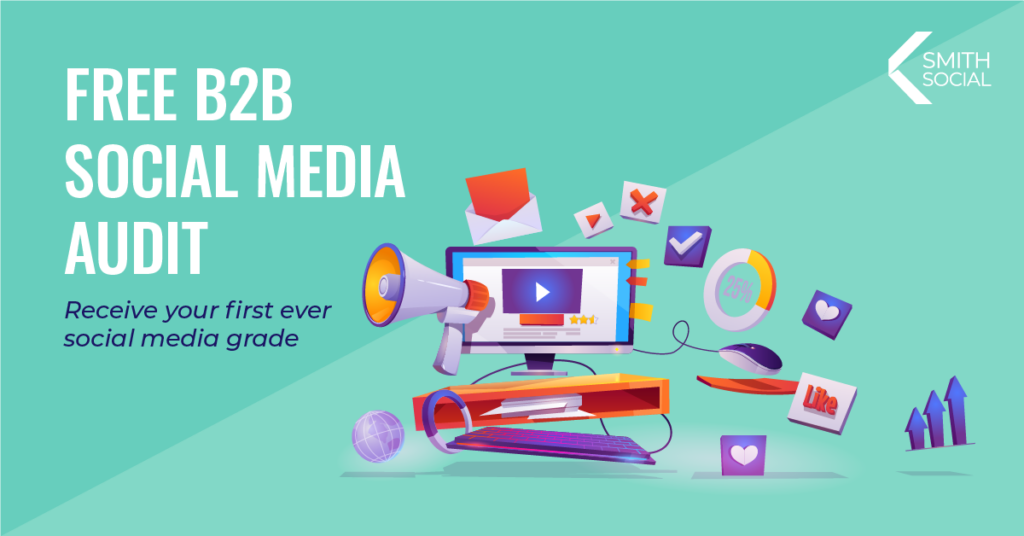







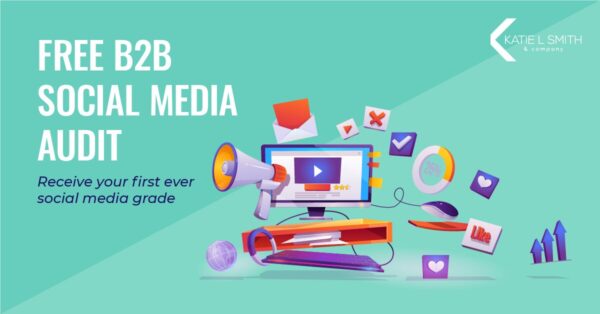

 the years hashtags have spread from Twitter across multiple online platforms including Facebook, LinkedIn, Instagram, as well as entering into our text and verbal communications.
the years hashtags have spread from Twitter across multiple online platforms including Facebook, LinkedIn, Instagram, as well as entering into our text and verbal communications.